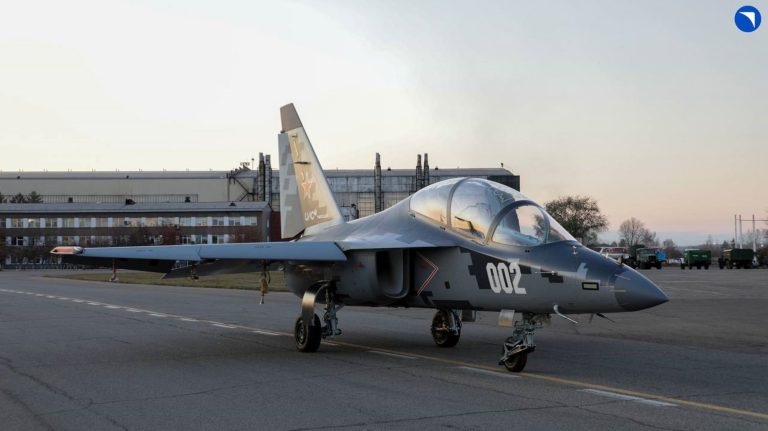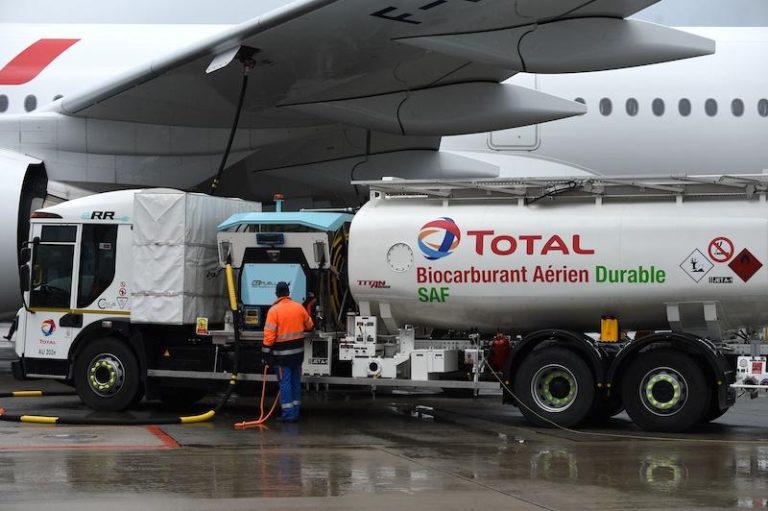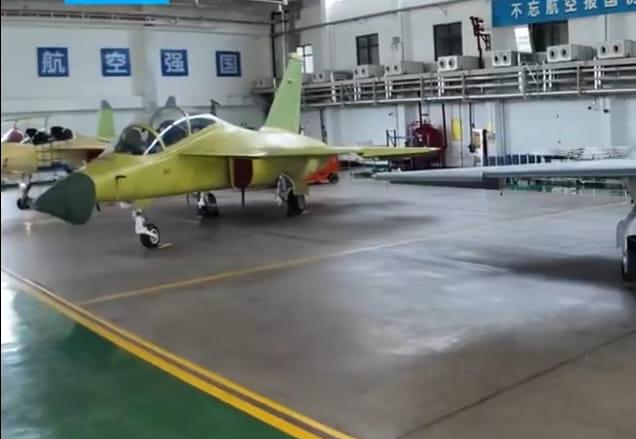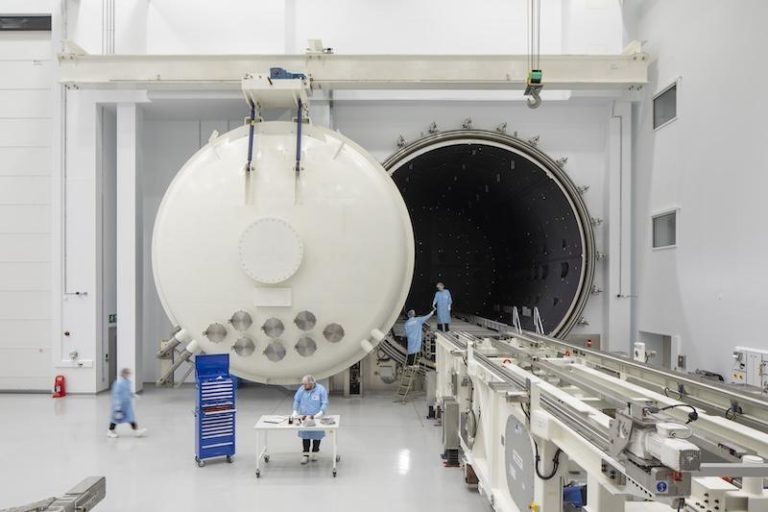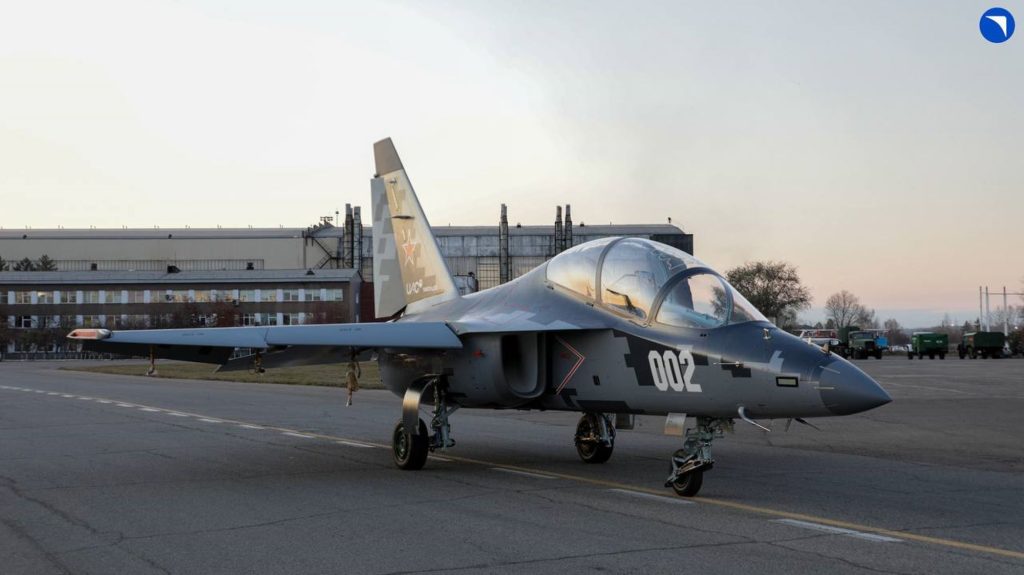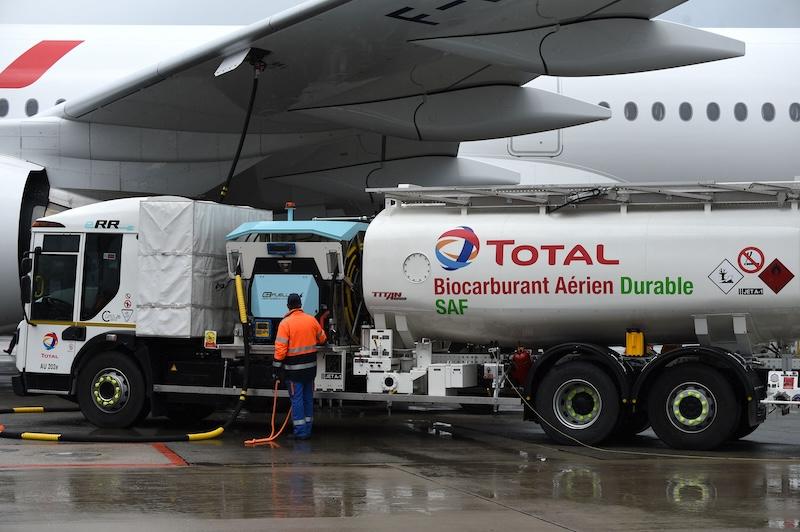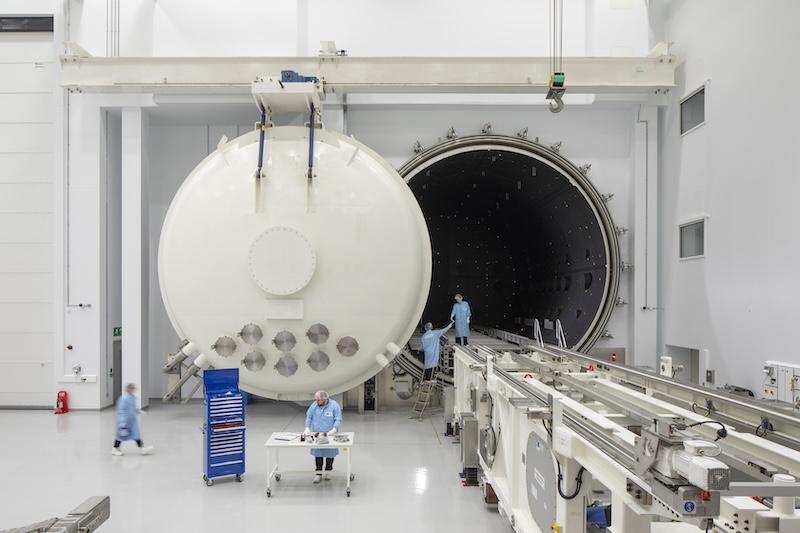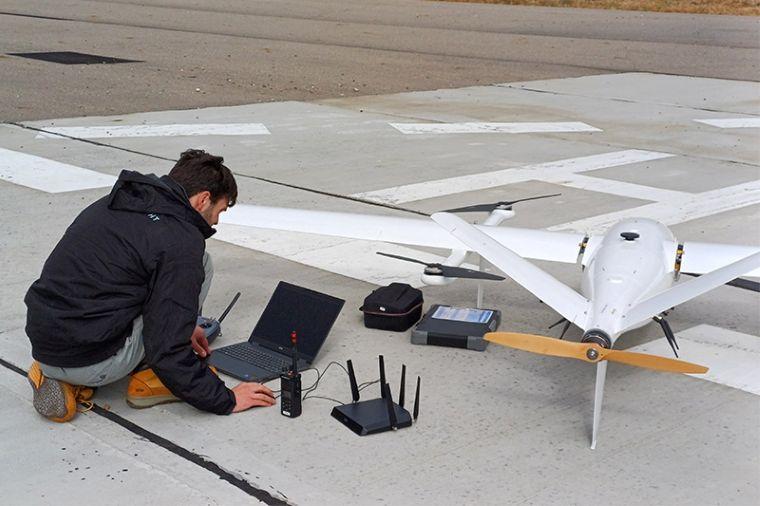Should Textron Aviation Defense win the U.S. Navy’s Undergraduate Jet Training System program, the company would assemble the tandem-seat Beechcraft M-346N at its east campus in Wichita, the company announced Oct. 28.
If successful, Textron Aviation will invest more than $38 million to modernize 50,000 ft.² of manufacturing space at the site, home to the former Beech Aircraft Corp. The program would create more than 100 direct manufacturing jobs in Wichita.
“Why are we in this? We’ve been producing trainers for the U.S. military for 85 years,” Travis Tyler, Textron Aviation Defense president and CEO, said during a briefing in mid-September. “That’s really the heart and soul of our defense business.”
The Navy is seeking to replace its aging T-45 Goshawk fleet, built by McDonnell Douglas and British Aerospace, with a new generation of fighter jets. It has issued several requests for information (RFI) ahead of the expected request for proposals (RFP) for the program. Textron projects the Navy will announce the contract award in January 2027.
Textron Aviation and Leonardo, Textron’s key collaborator, are offering a joint entry of the twin-engine Beechcraft M-346N based on Leonardo’s M-346 with some changes to meet the Navy’s requirements. The M346 has been in the field for 10 years, amassing more than 150,000 flight hr. with 100 aircraft flying. It is in use by 20 countries around the world. The U.S. Air Force is also sending 10 students to Italy to train on the M-346 and its training system.
In the Beechcraft M-346N, Leonardo would provide the aircraft’s major structural components.
Today, the Navy is using the single-engine Beechcraft T-6B Texan II and Beechcraft T-54A Marlin II multi-engine aircraft based on the King Air 260 to train naval aviators. Leonardo is the provider of the TH-73 Thrasher used to train all Navy helicopter pilots. Winning the M-346N trainer contract would mean that Textron and Leonardo would provide all of the Navy’s training aircraft, officials say.
“We love our relationship with the Navy, and it truly matters to us,” Tyler said. “We want to continue to be a part of the future of naval air training. We know there’s a shortage of pilots in the system, and we have an aircraft and this total system that’s proven and ready now. If the Navy asked for it, we could start training within the next 18 months. We think that puts us in a really good position here to support their needs.”
The aircraft’s “secret sauce” is its ground-based training system: “everything from the computers you sign in on to start learning about the airplane from Day One to the simulator to the aircraft,” Tyler said.
The simulator and the aircraft have the ability to be networked together. “So, we can be flying in simulators and aircraft simultaneously, cooperatively or against each other,” he said. “And then we add in the live virtual-constructive elements of bringing in artificial elements into a real training scenario that you construct for the student, starting from basic flight all the way up to battlespace management, which is how we’re training fighter pilots today, with all of the advanced electronics in the aircraft.”
It also means that training scenarios can be conducted with fewer aircraft flying, “which frees up your fleet to produce more sorties,” said Steve Helmer, Textron Aviation Defense flight test pilot on the program. “So, you’re producing pilots faster, with fewer airplanes than before.”
The program incorporates the use of artificial intelligence (AI), which has become leveraged in flight training for trend monitoring and analysis, Helmer said. Instructors rate their students on every aspect of their performance and progress to personalize learning paths and tailor instruction to a student’s needs.
The M-346N is physically built with the rear higher than the front, providing instructors with a better elevated view of the student in the front. It also provides the Navy with the ability to use a virtual environment to practice approach modes for aircraft carrier landings, Tyler said.
The Beechcraft M-346N includes fully digital controls and avionics; a fly-by-wire flight-control system with quadruple redundancy; a head-up display; a large area display in each cockpit; hands-on throttle and stick (HOTAS) controls; and an Automatic Ground Collision Avoidance System (Auto-GCAS).
Two Honeywell F124-GA-200 turbofan engines power the aircraft, which has a maximum cruise speed of more than 590 kt.

